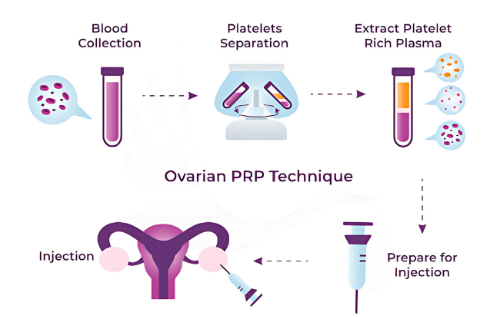The Critical Hours: Why Timing Makes or Breaks IVF Egg Retrieval
- Staff Writer
- Aug 19
- 3 min read
Understanding the precision required in one of IVF's most crucial procedures
For couples navigating the complex world of in vitro fertilization, few aspects of treatment carry as much weight as the timing of egg retrieval. While IVF involves numerous intricate steps, medical experts emphasize that the narrow window for successful egg collection can determine whether months of preparation and emotional investment will yield viable results.

The High-Stakes 12-Hour Window
Unlike natural conception, where timing happens automatically, IVF requires medical teams to orchestrate the precise moment when eggs are mature enough for retrieval but haven't yet been released through ovulation. This critical period typically spans just 12 hours, making it one of the most time-sensitive procedures in reproductive medicine.
"Egg retrieval must be performed immediately before ovulation," explains recent medical documentation from fertility specialists. "The timing is so precise that being even a few hours off can dramatically impact success rates."
The standard protocol calls for egg retrieval 36 hours after administering a "trigger shot" – a hormone injection that initiates the final maturation process. However, emerging research suggests this one-size-fits-all approach may not optimize outcomes for every patient.
When Timing Goes Wrong: The Consequences
Medical professionals describe two nightmare scenarios that highlight why precision matters so much in IVF:
Too Early: The Immature Egg Problem When retrieval occurs prematurely, eggs may be only 80% developed, with protective cumulus cells unexpanded and eggs still firmly attached to follicular walls. This scenario often requires multiple attempts to flush follicles, sometimes yielding no eggs at all. Even when eggs are retrieved, they may be too immature to develop into healthy embryos.
"Patients might undergo the entire procedure only to discover the eggs weren't ready," notes fertility documentation. "It's not just a medical setback – it's emotionally devastating for couples who have invested so much hope in that cycle."
Too Late: The Missing Egg Dilemma The alternative scenario proves even more challenging. When retrieval occurs after ovulation has begun, the microscopic eggs become nearly impossible to locate. Success rates plummet below 5% because once released, eggs are hair-thin and virtually undetectable via ultrasound.
The Science Behind Perfect Timing
Recent advances in IVF protocols focus on individualized timing based on hormonal monitoring rather than rigid schedules. Medical teams now track two key hormones after the trigger shot:
Estrogen Levels: The primary indicator for timing decisions Progesterone Levels: A secondary marker that confirms hormonal changes
Research reveals three distinct patterns that guide timing decisions:
Standard Timeline (36-40 hours): When estrogen remains stable or drops by 25%, with progesterone increasing 200-300%
Accelerated Timeline (24 hours): When estrogen plummets by 50% and progesterone surges 400-500%, signaling ovulation within 12 hours
Extended Timeline: When estrogen increases 50-100% with minimal progesterone rise, indicating eggs need more time to mature
What This Means for IVF Patients
For individuals undergoing IVF, understanding timing protocols can help set realistic expectations and reduce anxiety during treatment cycles. Key takeaways include:
Expect Flexibility: Your retrieval time may change based on blood test results, not just the initial schedule.
Multiple Monitoring Appointments: Frequent blood draws in the days following your trigger shot aren't excessive – they're essential for optimizing timing.
Individual Variation: Your body's response may differ from textbook timelines, and that's completely normal.
Communication is Key: Ask your medical team to explain your specific hormonal patterns and how they influence timing decisions.
The Emotional Reality
Beyond the medical complexities, the timing pressure adds significant emotional stress for IVF patients. Many describe the period between trigger shot and retrieval as the most anxiety-provoking part of their treatment cycle.
"You've done everything right for weeks – taken medications, attended appointments, followed protocols perfectly," shares one patient experience. "Then suddenly, everything depends on getting the timing exactly right in a matter of hours."
Mental health professionals working with fertility patients emphasize that understanding the science behind timing can help reduce anxiety by explaining why certain decisions are made and what patients can expect.
Looking Forward: Advances in Precision Medicine
As IVF technology continues evolving, researchers are developing more sophisticated methods for predicting optimal retrieval timing. Advanced hormonal monitoring, improved ultrasound technology, and artificial intelligence applications promise to make timing decisions even more precise.
For now, patients can take comfort knowing that fertility specialists recognize timing as a critical factor and are continuously refining protocols to improve success rates. The key lies in finding medical teams who prioritize individualized monitoring over standardized schedules.




Comments